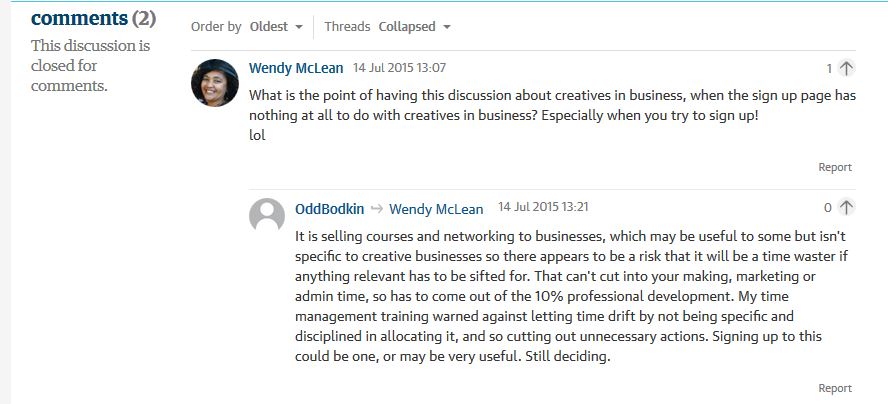Last month Non-Profit Quarterly had a piece on four impulses that shape non-profits. These impulses often contradict each other to some extent which results in the internal philosophical conflicts those of us in the non-profit arts often experience.
While the results are familiar to many of us, you may not be aware of some of the underlying causes and historical movements which have shaped general perceptions and expectations of non-profits.
The four impulses author Lester Salamon identifies are voluntarism, professionalism, civic activism, and commercialism. He describes tensions between them as this:
“They are not-for-profit organizations required to operate in a profit-oriented market economy. They draw heavily on voluntary contributions of time and money, yet are expected to meet professional standards of performance and efficiency. They are part of the private sector, yet serve important public purposes.”
On occasion it is noted that the 501 (c) (3) section of the tax code doesn’t mention the arts at all. The stated purpose is for “religious, charitable, scientific, literary, or educational purposes, or for testing for public safety, or to foster national or international amateur sports competition, or for the prevention of cruelty to children or animals.”
When Salamon discusses the historical precedents of the four impulses, most of the examples revolve around the charitable care of medical, mental health and economic problems. In the context of this history the reason why the tax code might primarily focuses on caring for social issues and doesn’t mention the arts becomes a little clearer.
The end result is that the arts have essentially inherited the political and social expectations of the entire sector. For example, Salamon notes that conservatives idealize non-profits as charity performed by passionate volunteers supported by private donations rather than government support. Liberals, he says, focus on the limitations of non-profit effectiveness to call for more government involvement.
Salamon provides an extensive chart mapping out how the four impulses manifest in areas like objectives, strategies, operating & management styles, and organizational structure. Even though non-profits have proven to be very resilient, you can see how trying to serve the different impulses can result in a hodgepodge approach that may rob the organization of its effectiveness.
For example, in terms of management styles. When working with volunteers who are donating their time, there is a need to be informal and flexible. However, to address legal and fiduciary requirements, a level of professionalism is needed which involves formal rules and processes. Yet in the arts especially, people want to arrive at decisions collaboratively by group consent (civic activism). But then there is an expectation of commercial viability (run like a business) which can demand a tight, disciplined structure that can respond to a changing operating environment.
I can think of some examples of commercial entities who have managed to be successful about adopting the positive outcomes described above, but I can’t think of a non-profit arts organization that has been able to do all of those things well. The general consensus is probably that non-profit arts organizations fall short of having the discipline to adapt to changing environments and maintain commercial success.
Though to be fair, that describes a great number of commercial businesses as well. Many non-profit arts orgs never really aspire to economic success. Often increased funding/revenue means the ability to expand access while maintaining the same profit/loss balance (or defraying some of the existing deficit). That is an outgrowth of the four impulses.
I am not necessarily advocating that non-profits decide which impulse(s) they need to jettison in order to operate more realistically. Though it may be valuable to at least engage in some examination and consideration. Knowing the history that influences the philosophy of non-profit operations can help you recognize if you are saddling yourself with expectations that really aren’t valid to your particular endeavor.
Essentially, now that you know that they grew out of 19th century social service theory that has no relation to what your organization is all about, are you perpetuating some unproductive practices because you thought that is what good non-profits are supposed to do?



There is another way. The Gewandhaus Leipzig in Germany (concert venue) offers flex- tickets for a small premium. Not an…